

Currently housed in the Metropolitan Museum, New York, this portrait of a seventeen-year-old courtier may depict Catherine Howard.
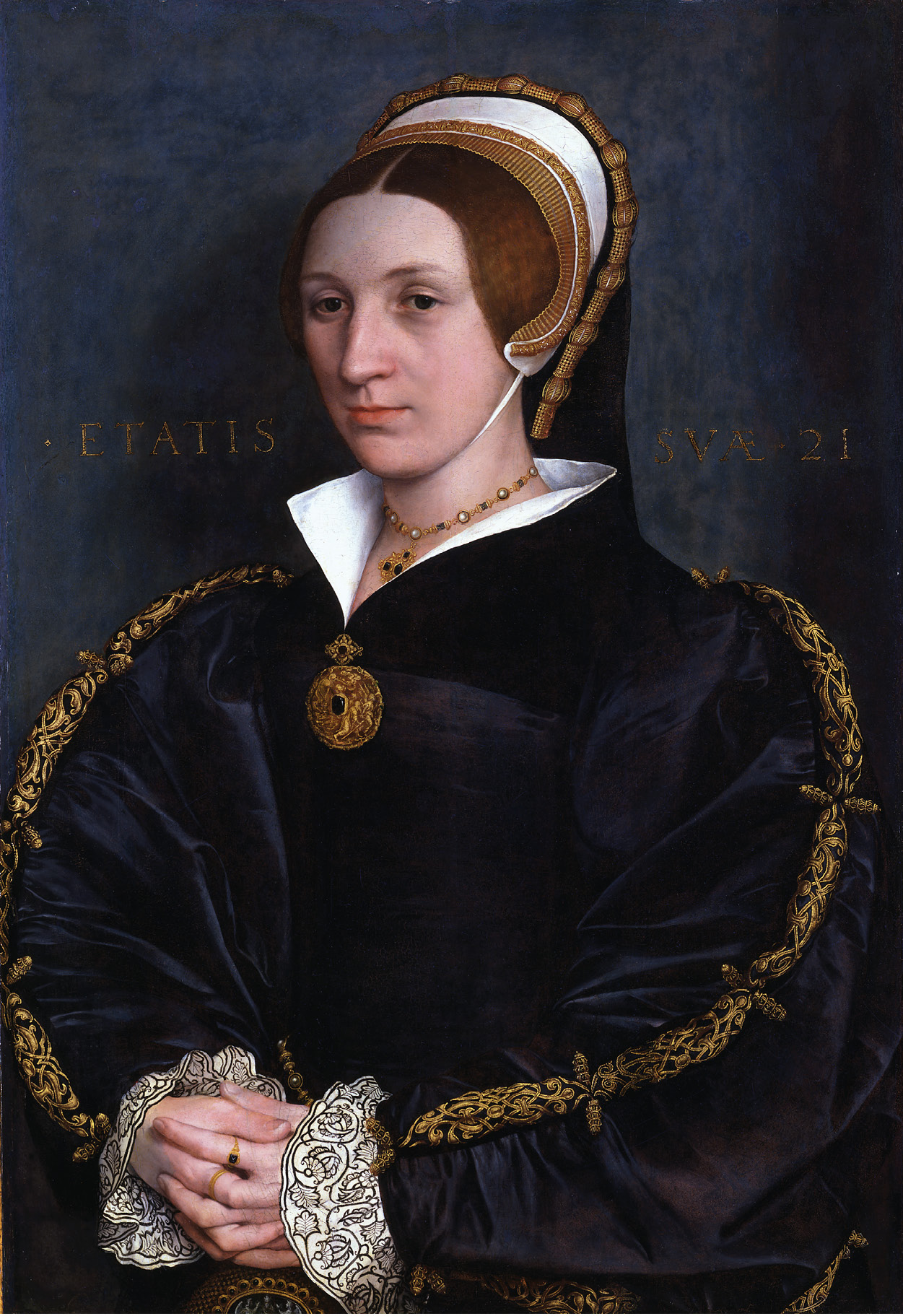
Identified as Catherine Howard in the early twentieth century, the lady in this portrait by Holbein is far more likely to be Thomas Cromwell’s daughter-in-law, Elizabeth, or Jane Grey’s mother, Frances.
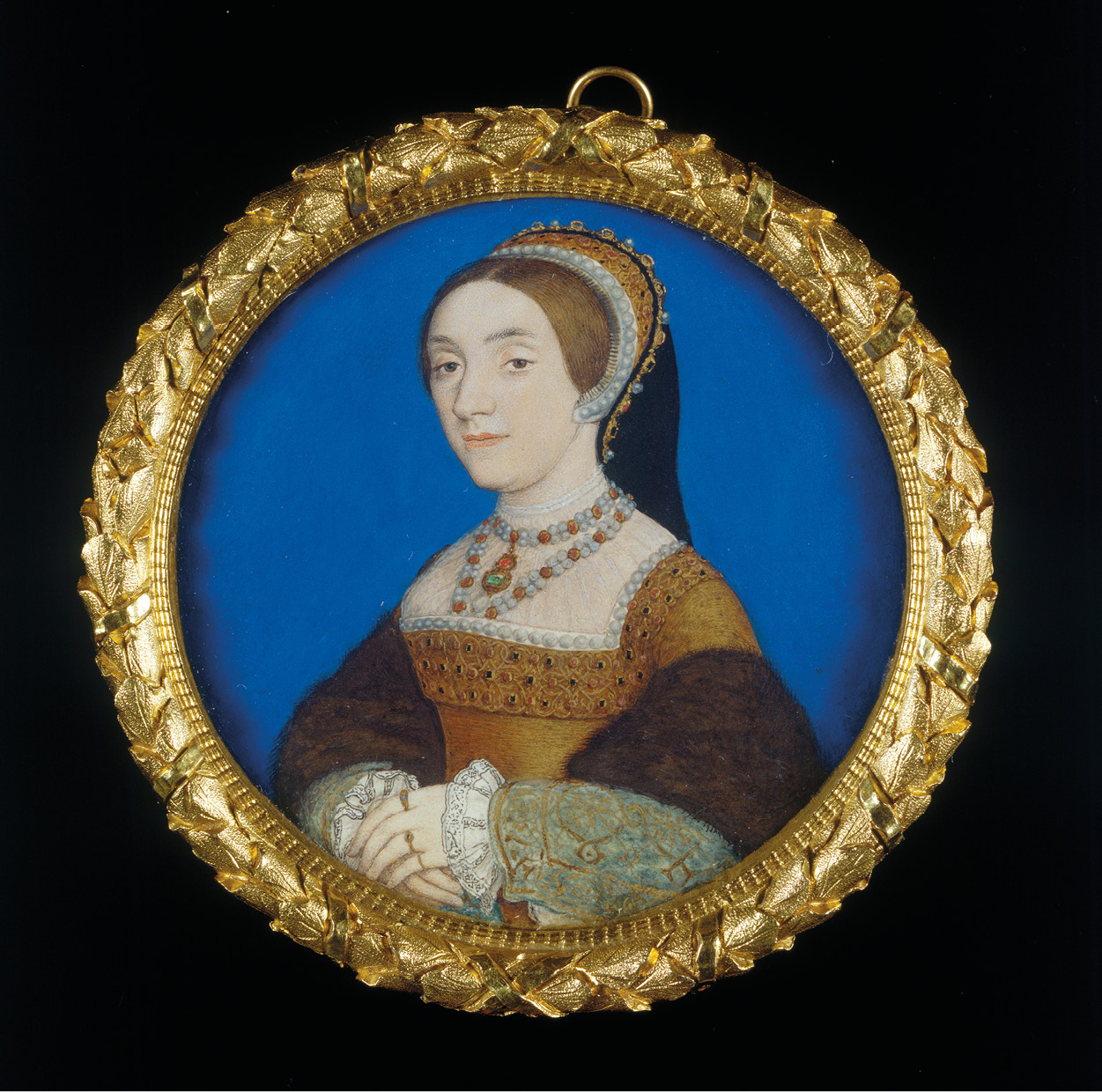
A miniature, also by Holbein, showing a lady wearing jewels from the royal collection. It may be a portrait of Catherine, painted around the time of her marriage.

The ruins of Framlingham Castle, the Howard family’s one-time seat in Suffolk.
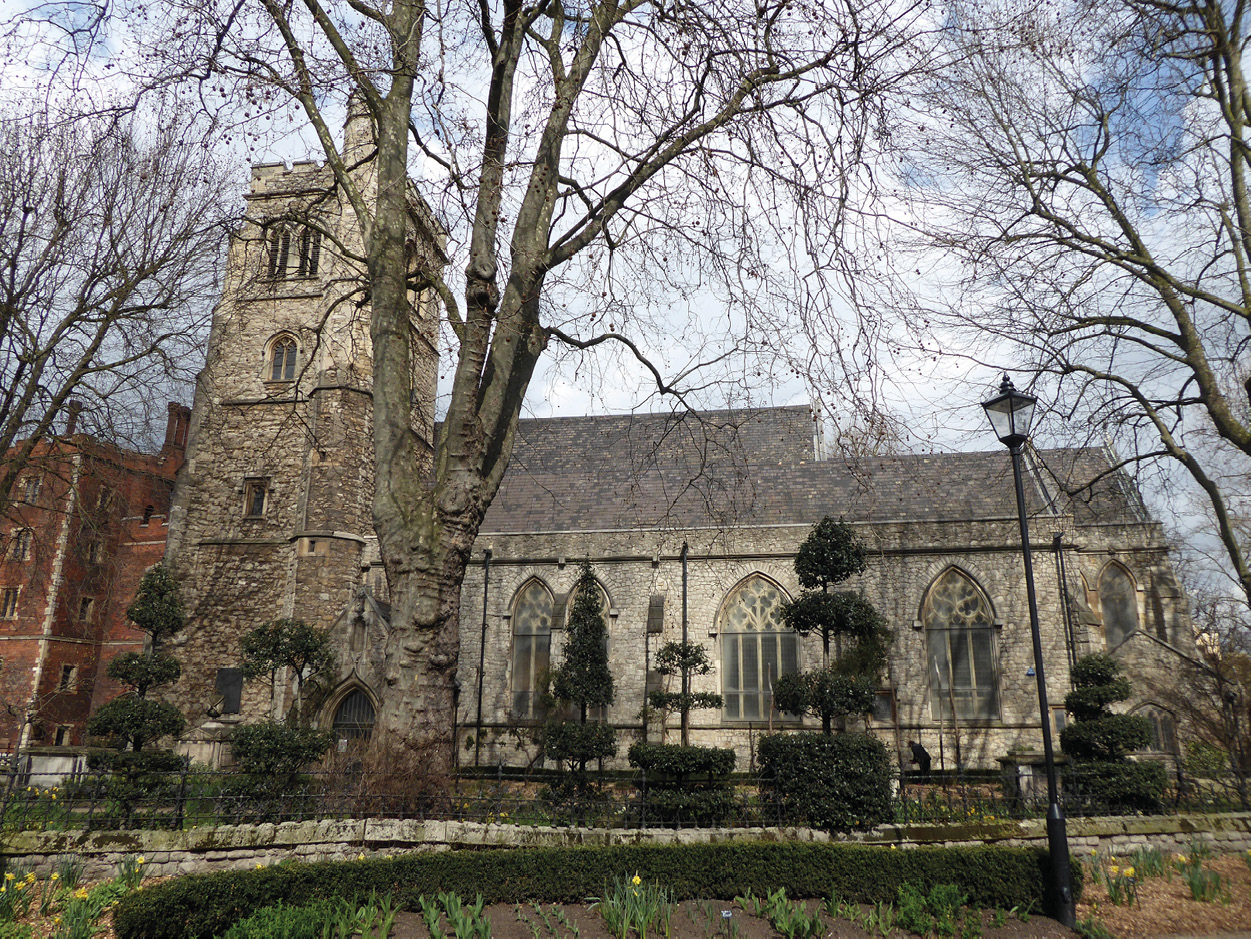
The former Church of Saint Mary-at-Lambeth, the site of many Howard burials and, almost certainly, Catherine’s christening.
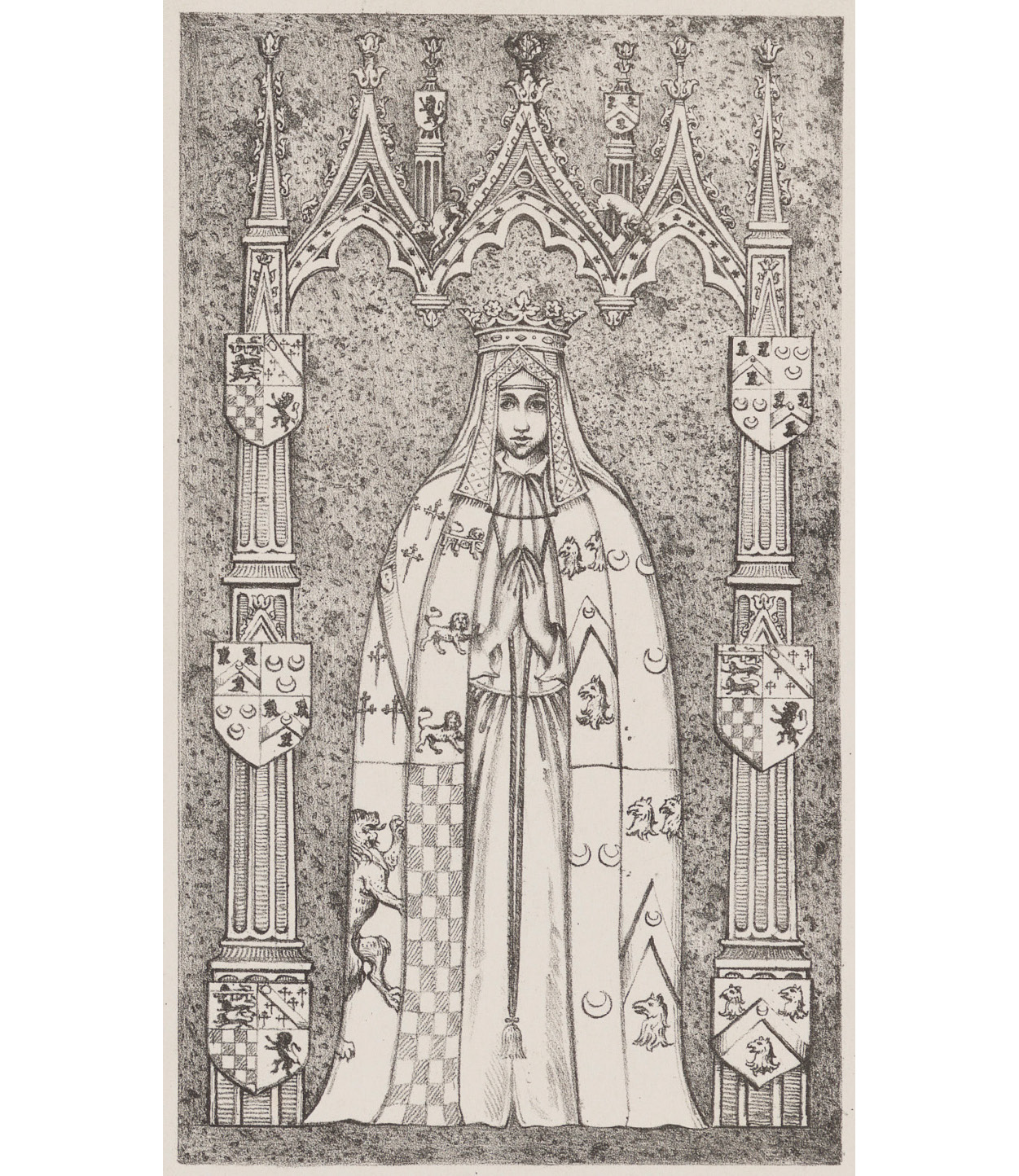
Catherine’s childhood guardian Agnes Howard, Dowager Duchess of Norfolk. One of the wealthiest women in the country, Agnes’s love of gossip and intrigue brought her close to total ruin.

Catherine’s glamorous but divisive cousin, Anne Boleyn, who was executed in 1536. The two women shared a sense of elegance and confidence, but Anne was substantially more intelligent.

The influence on her life of Catherine’s uncle Thomas, 3rd Duke of Norfolk and head of the Howard family, has been greatly exaggerated. Evidence suggests that he knew, and understood, his niece poorly.

A diplomat and a soldier, Lord William Howard was the uncle who knew Catherine best. For most of her queenship, he served as one of the English ambassadors to France.
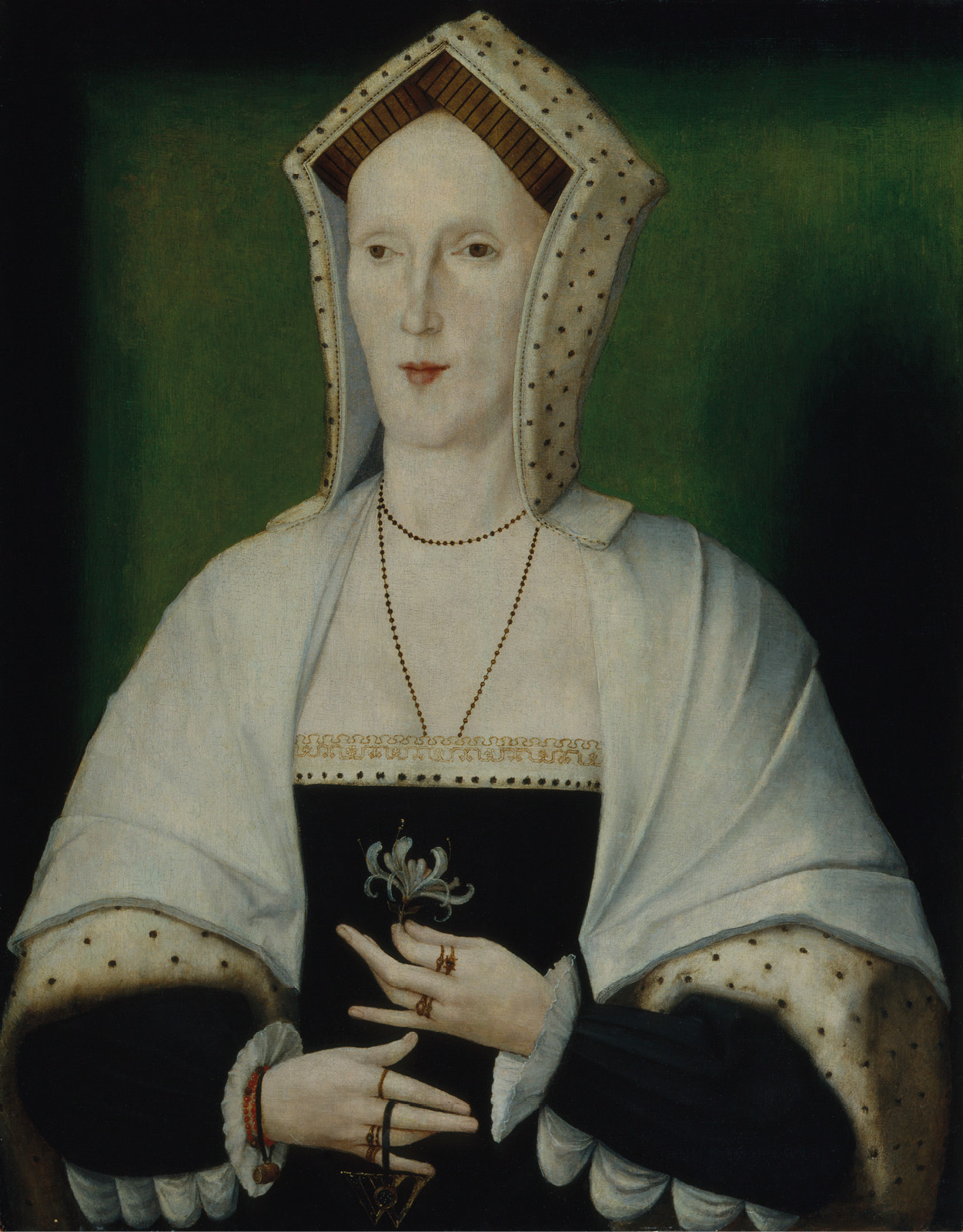
A portrait believed to be of the devout Margaret Pole, Countess of Salisbury, who was accused of treason and imprisoned in 1538. Her interrogators attempted, but failed, to implicate Catherine’s family in her disgrace. Three centuries after her death, Lady Salisbury was beatified by Pope Leo XIII.

Catherine’s second cousin, Katherine Carey – they joined the court at the same time as maids of honour. Carey married soon after their début and she is shown here, during one of her sixteen subsequent pregnancies. She was later a favourite lady-in-waiting to Queen Elizabeth I.
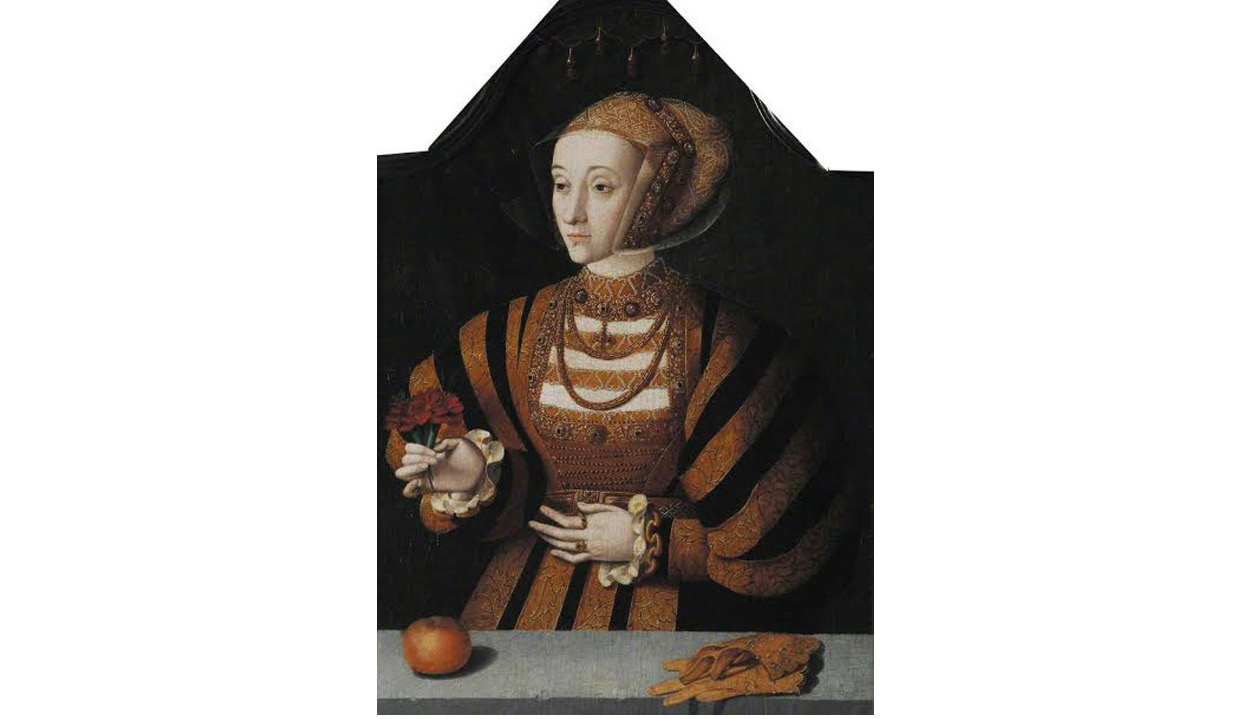
Catherine initially served in the household of Henry VIII’s fourth wife, Anne of Cleves. Many of Anne’s ladies-in-waiting regarded her German dresses as ornate, but hideous.
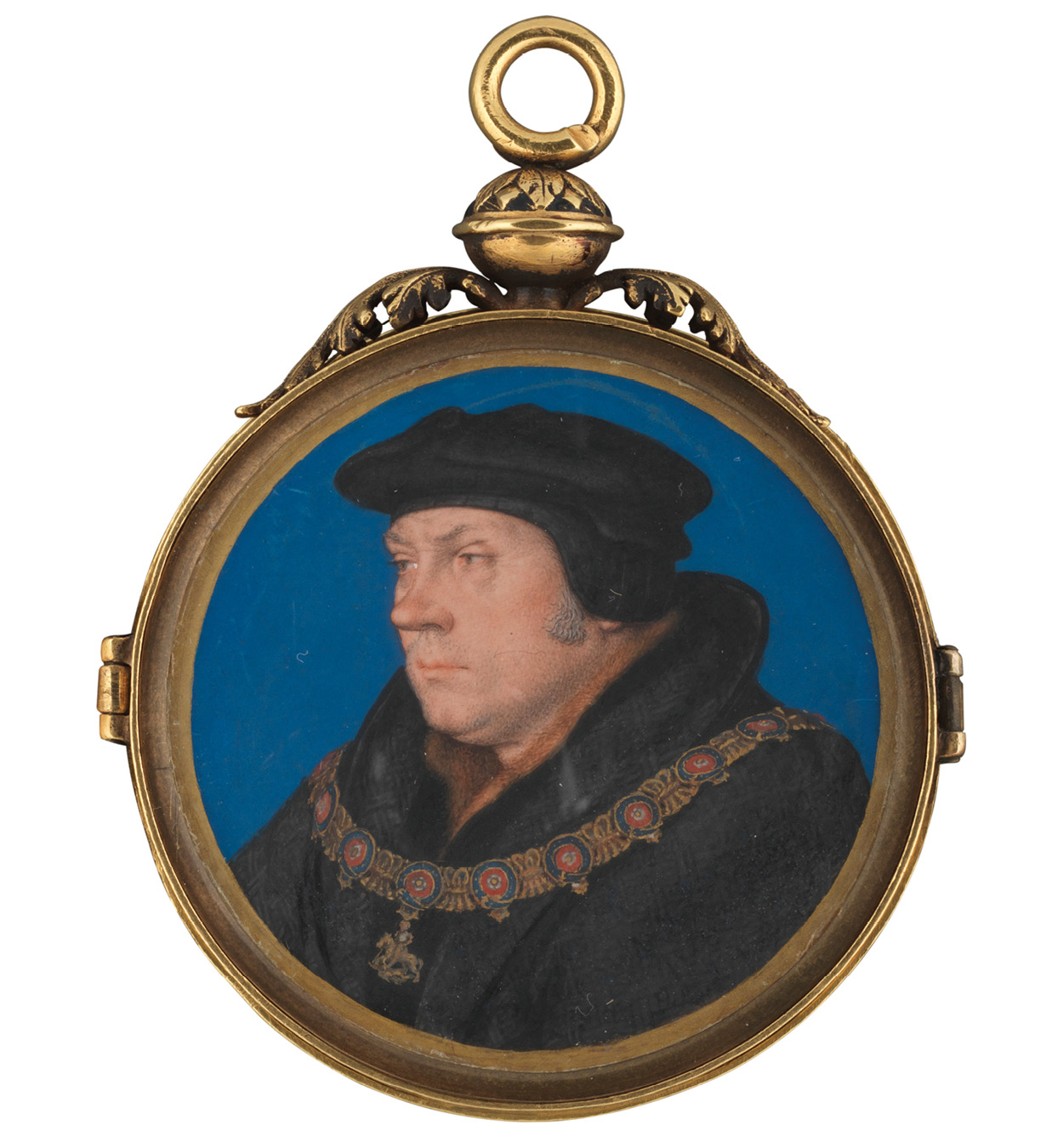
Thomas Cromwell, Henry VIII’s chief minister, was executed on Catherine’s wedding day in 1540. The Duke of Norfolk was active in the plots against him.

‘The English Nero’: King Henry VIII, painted in the year of his marriage to Catherine.
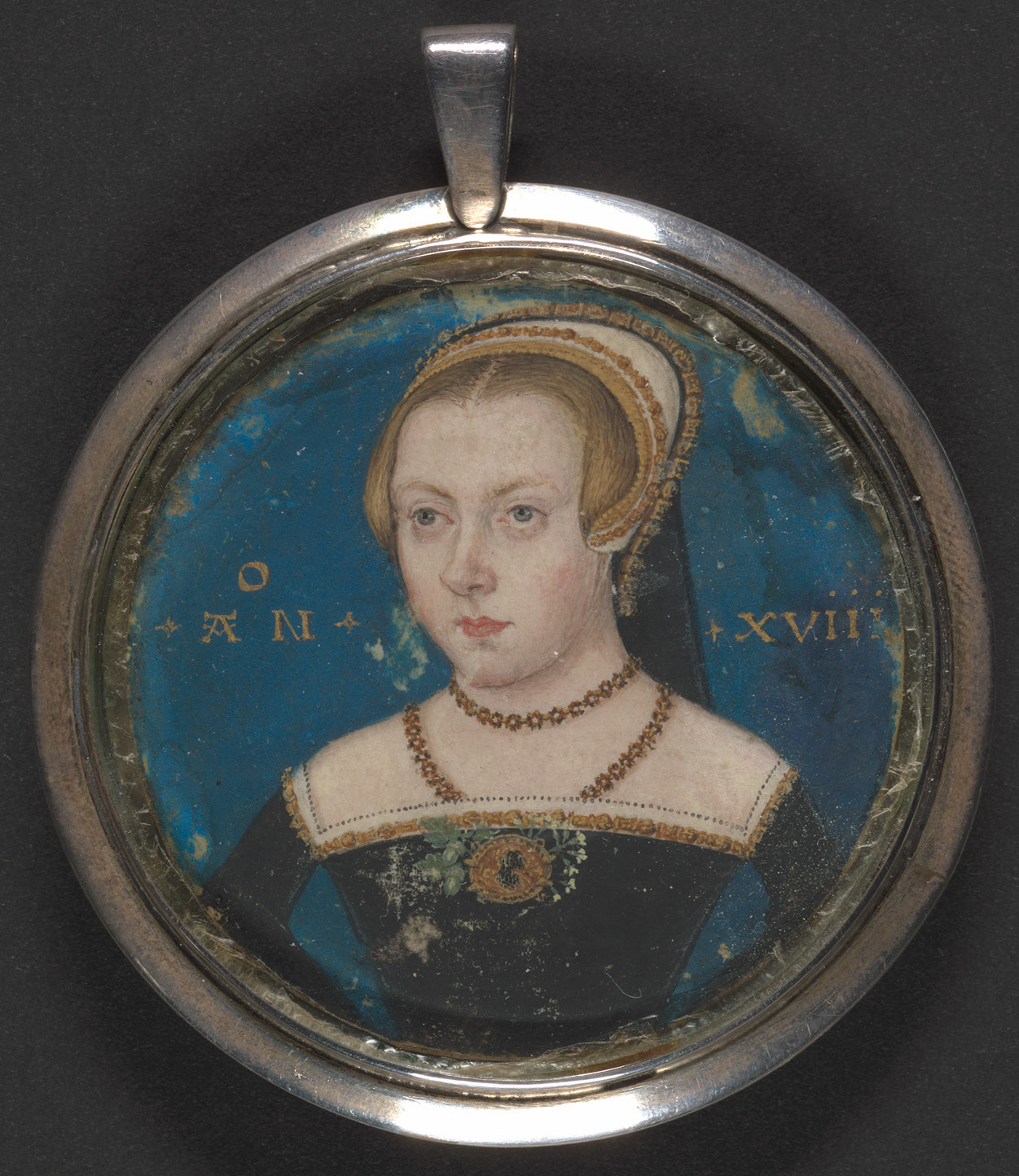
This miniature, once identified as Catherine, may be a likeness of her eldest stepdaughter, Mary Tudor. They were not particularly friendly towards one another, a fact which became painfully evident during Catherine’s first Christmas as queen.

Eustace Chapuys, the Hapsburg Emperor’s ambassador in London. He first met Catherine at Hampton Court Palace in December 1540 and later wrote detailed reports on her downfall.

As queen, Catherine was credited with saving the life of the poet, courtier and diplomat Sir Thomas Wyatt, following his arrest and imprisonment.
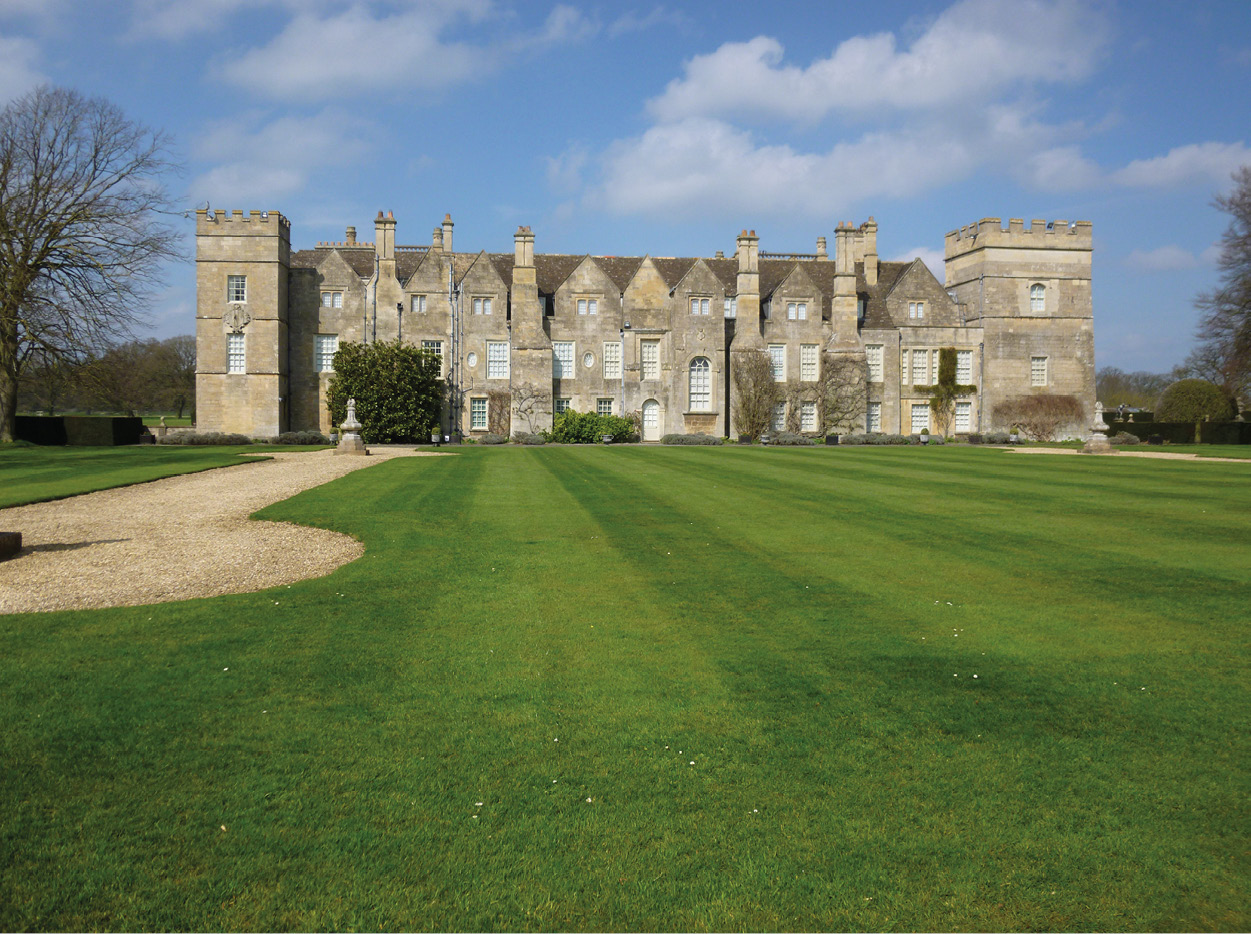
By the time they were reunited at Grimsthorpe Castle as guests of the Duke and Duchess of Suffolk in 1541, Queen Catherine had developed feelings of dislike for her uncle Norfolk and some of her ladies-in-waiting apparently repeated her remarks to him.
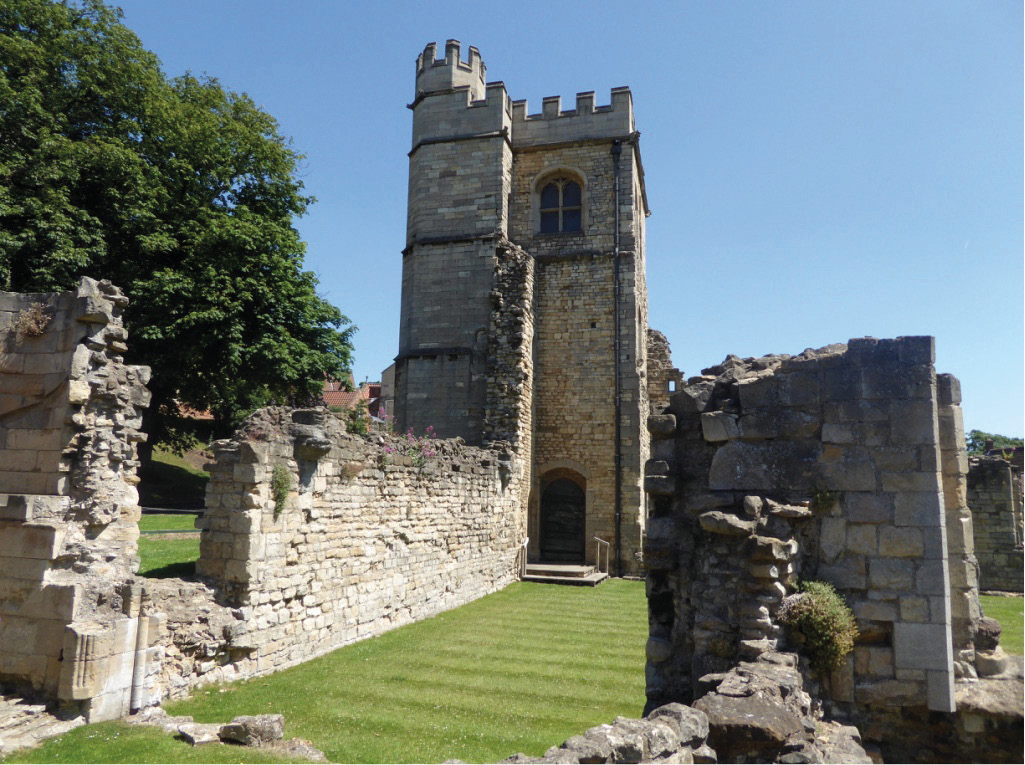
The ruins of the Bishop’s Palace in Lincoln, where Catherine also stayed as a guest and where she held one of her nocturnal meetings with Thomas Culpepper.
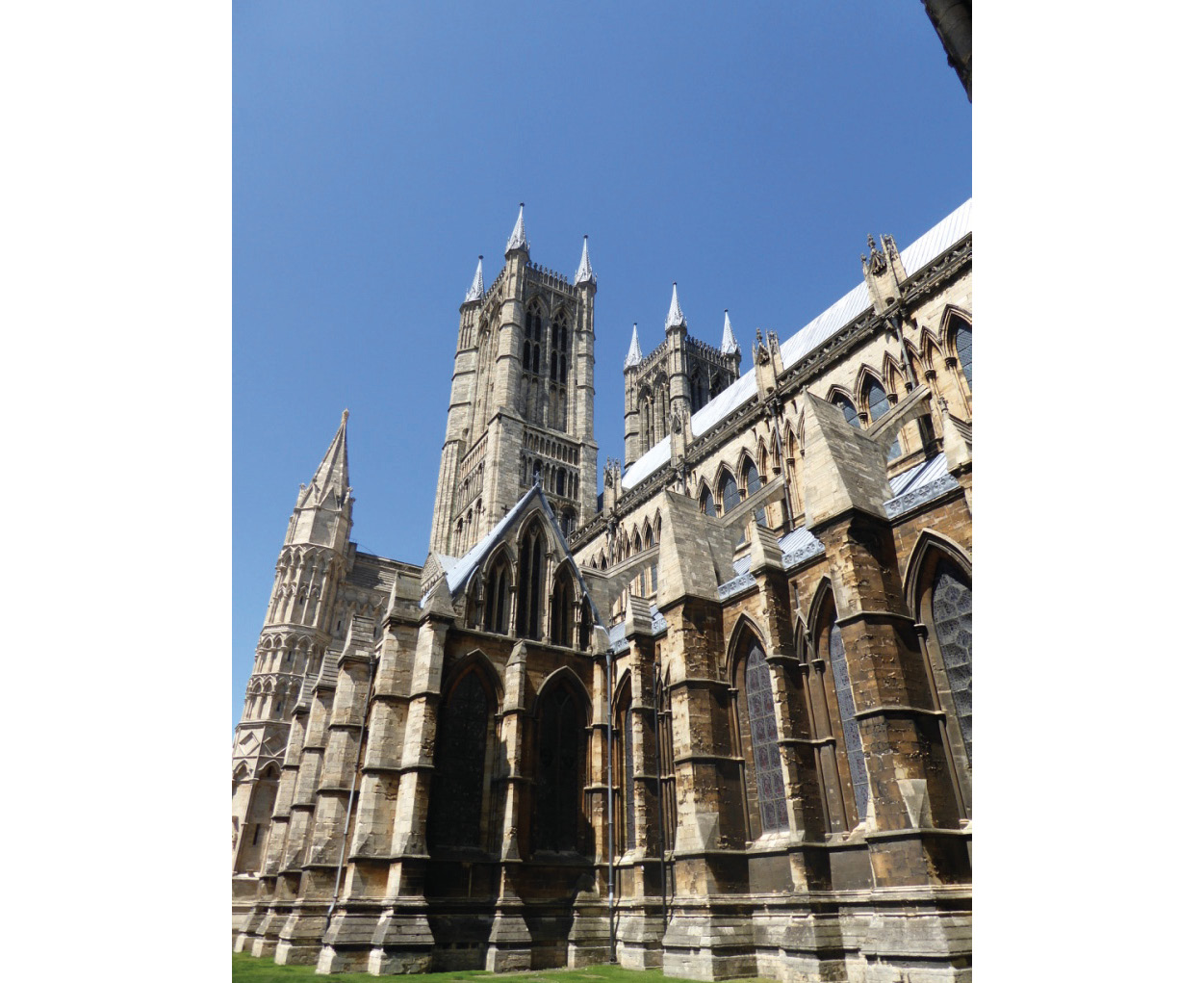
Magnificent Lincoln Cathedral where Catherine, wearing a silver gown, publicly prayed on 9 August 1541, as part of the royal tour of the north.

Pontefract Castle, painted by Alexander Keirincx, shortly before it was demolished as a consequence of serving as a royalist stronghold during the English Civil War. Pontefract was allegedly where Catherine had planned adultery with Thomas Culpepper and where she was reunited with Francis Dereham.
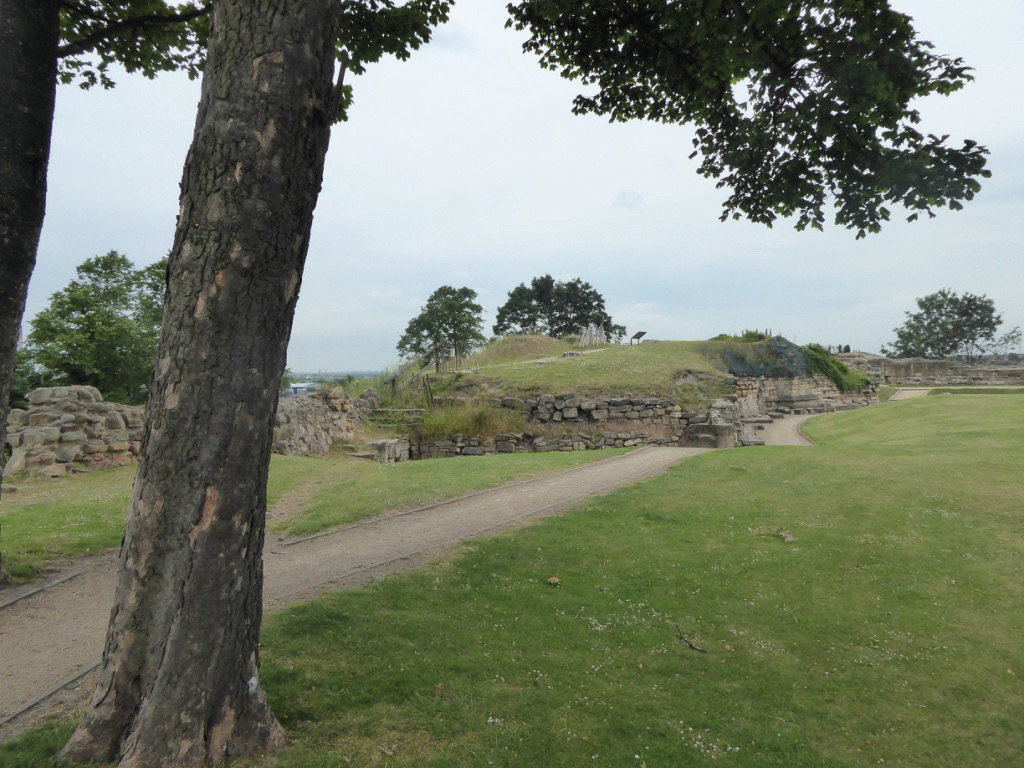
The ruins of Catherine’s apartments at Pontefract.
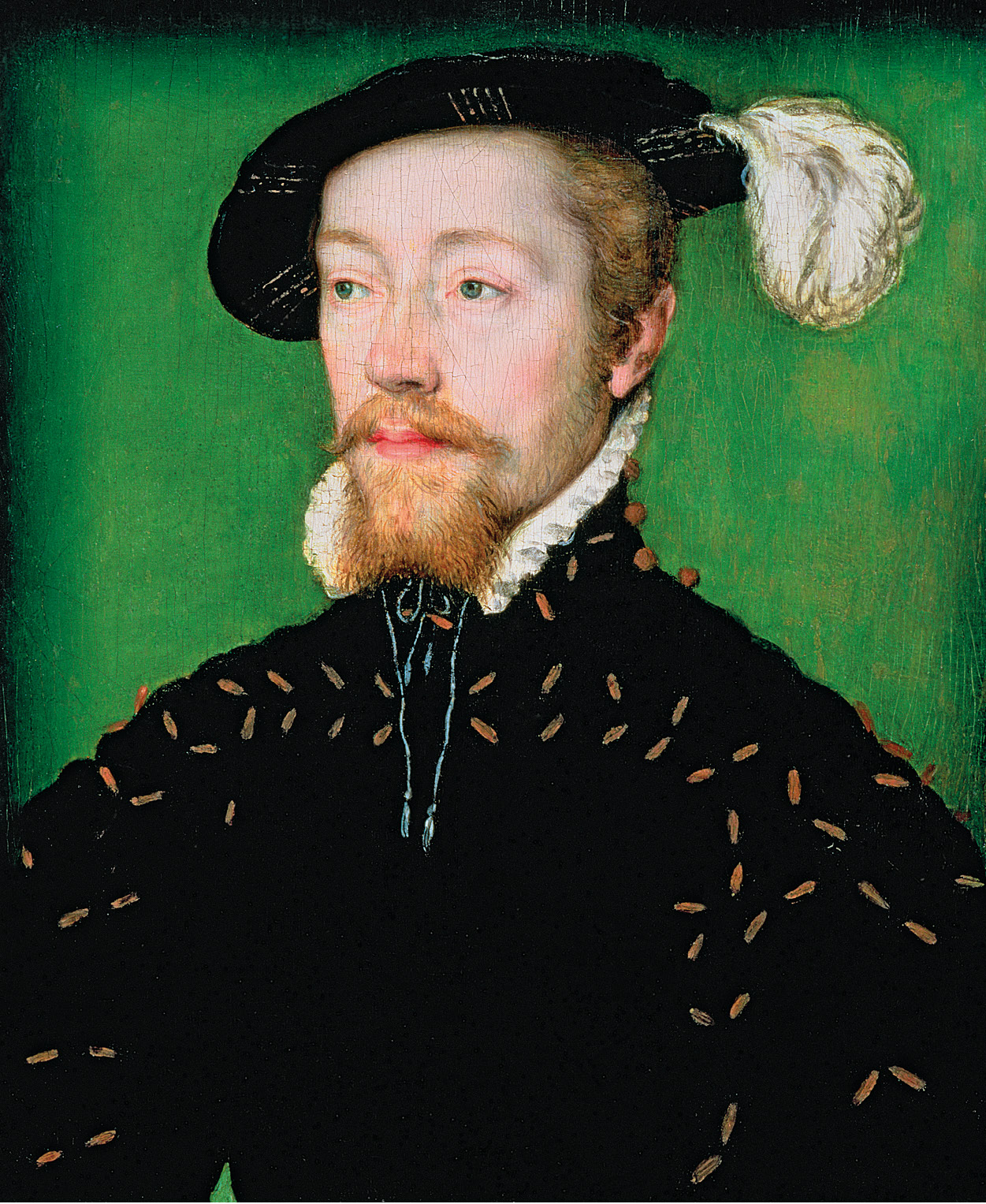
James V, King of Scots, whose trip to York was to have been Catherine’s first experience of a state visit as queen. The invitation came at a time of rapidly deteriorating relations between England and Scotland.

The entrance to Hampton Court Palace, where Catherine’s downfall began, one day after she was publicly praised for the happiness she had brought to the king.
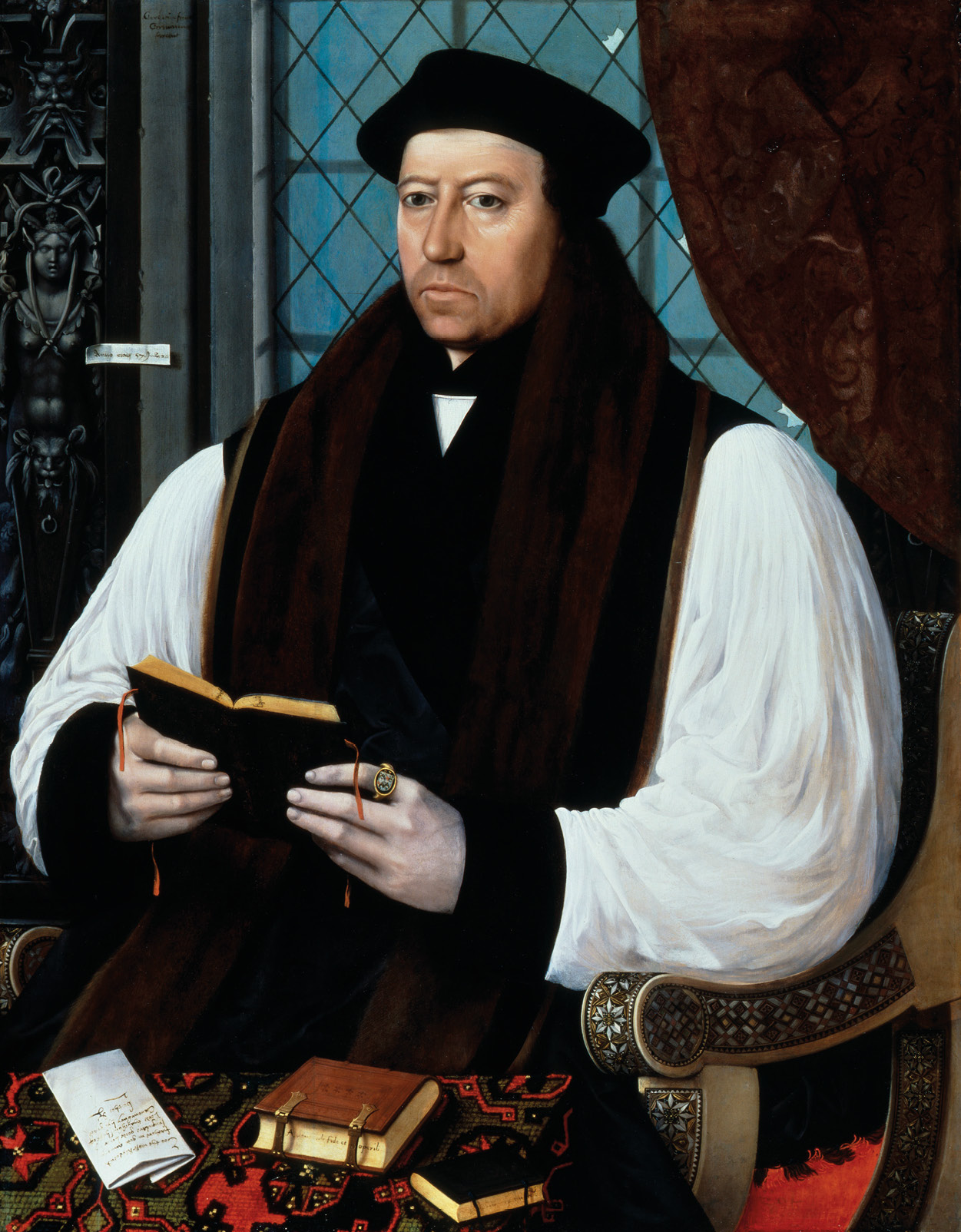
Thomas Cranmer, Archbishop of Canterbury, Catherine’s reluctant but relentless interrogator. He had romantic secrets of his own – namely an illegal wife and family – but he doggedly pursued the details of Catherine’s mistakes and he was the first man to suggest to the king that Catherine might have committed adultery.
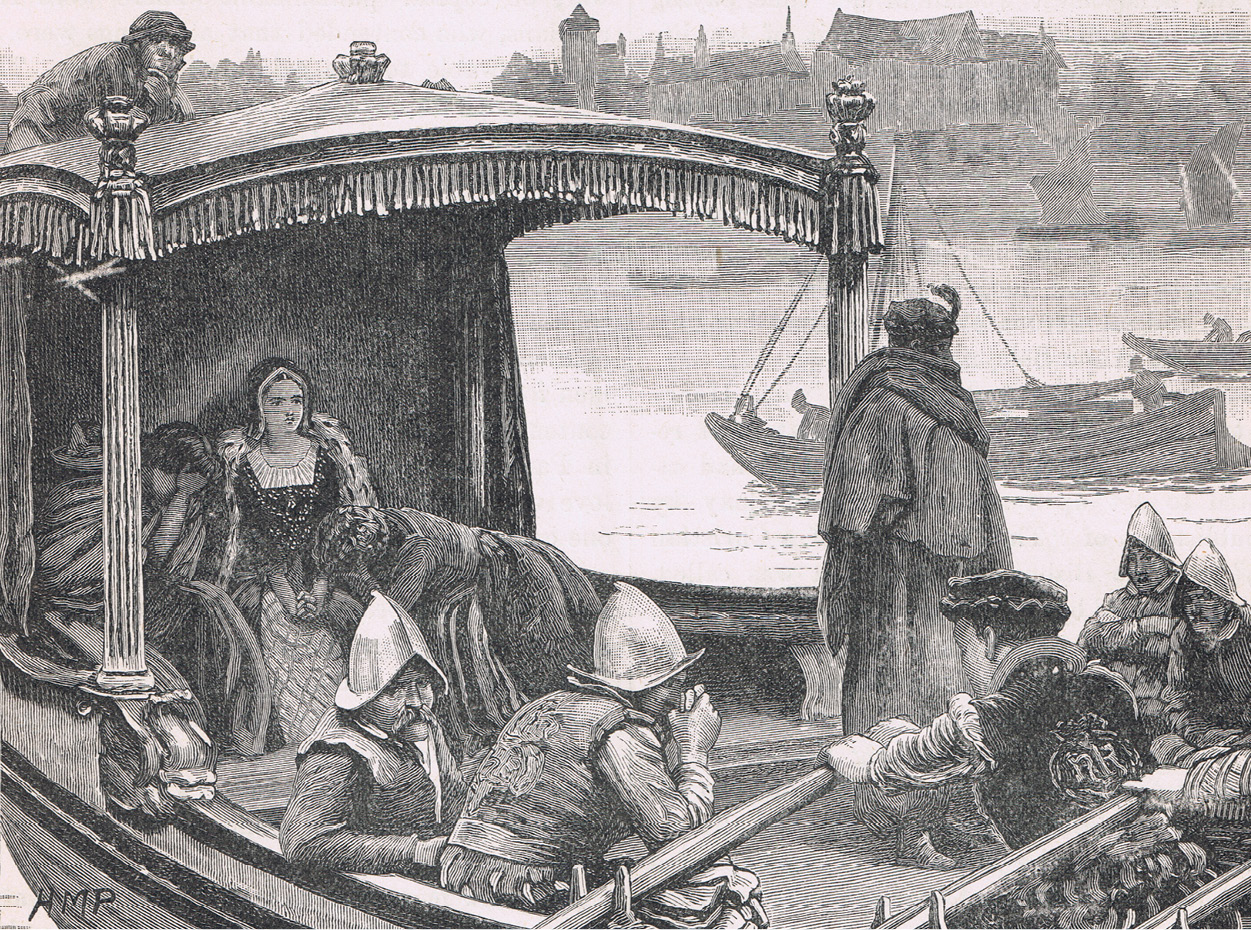
Catherine Howard being conveyed to the Tower – by the nineteenth century, when this drawing was made, Catherine had become an object of fascination and, often, sympathy. In 1877, her grave was marked for the first time, on the orders of Queen Victoria.

Catherine spent the last three nights of her life at the Tower of London, where the constable Sir John Gage treated her with the courtesy and honours due to a queen.